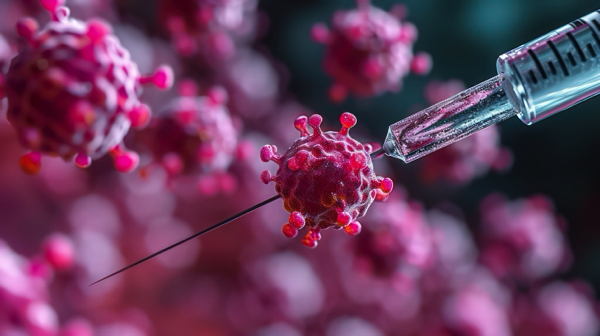Haaretz report suggests up to 40% of Ashkenazi Jews may suffer from mental disorders like schizophrenia
10/21/2024 / By Ethan Huff

Back in 2013, the Israel-based Haaretz media outlet published a shocking report about a major scientific discovery concerning the mental defects of many Ashkenazi Jews.
A team of scientists from both Israel and the United States discovered a gene inherent to the Ashkenazi lineage that results in about 40 percent of Ashkenazi Jews developing schizophrenia – this compared to just 15 percent of the general population.
The gene in question, which some would consider defective, is linked to other mental disorders as well, including schizoaffective disorder and manic depression. A paper about it was published at the time in the peer-reviewed journal Nature.
The study was led by Prof. Ariel Darvasi, assistant dean of the Faculty of Life Sciences at the Hebrew University of Jerusalem, in coordination with Dr. Todd Lencz from The Feinstein Institute for Medical Research in New York, both of them Jewish.
The first portion of the study included the largest-ever sample group of Ashkenazi Jews ever researched. Some 2,500 Ashkenazi Jews from Israel contributed DNA samples for the research – 1,500 of them being healthy and the remaining 1,000 having mental disorders associated with schizophrenia.
Ashkenazi Jews were specifically chosen for the research because they are considered, according to Haaretz, to be “an especially homogenous group in terms of genetics.” Studying them, in other words, allows for easy identification of differences because of limited genetic variation.
“Current technology allows for very comprehensive DNA analysis and the ability to read millions of SNP points – basically, links in the DNA chain – at the same time, which makes for very effective scanning of DNA,” commented Darvasi to Haaretz at the time about the methodology of the research.
(Related: Did you catch what The Jerusalem Post just published in celebration of all the powerful Jews who control the world?)
Jewish insanity
For the first part of their research, Darvasi and his colleagues looked at the NDST3 gene, which exists in 99.9 percent of the general population. In people with schizophrenic disorders, there are two specific variations of NDST3, according to Darvasi, who discovered that Ashkenazi Jews with said variations are 40 percent more likely than those without them to develop a schizophrenia-related disorder.
After collecting samples for the first part of their experiment, the team launched a second more comprehensive evaluation in which they looked more deeply at NDST3 variations in relation to other diseases, and among other populations from around the world. They collected samples for this portion from more than 25,000 people from many different countries and continents, including Europe, Asia and Africa, to cover “all the primary ethnicities of the human race,” according to Darvasi.
“In terms of the larger sample group, the prevalence of that same gene increased the chances of contracting the diseases by 15% on average, in the other populations that were studied,” he said, noting that the percentage is much higher for Ashkenazi Jews with NDST3 variations.
While only about one percent of the general population suffers from schizophrenia, the results of Darvasi et al.’s research suggests that 40 percent of Ashkenazi Jews suffer from the disease, this based on the 3,500-Ashkenazi Jew sample size that was used for the first portion out of which 1,000 Ashkenazi Jews were found to suffer from some variation of mental illness.
Someone on X / Twitter shared the following screenshots showing that this kind of research has happened before, turning up similar results. Dating all the way back to the 1800s, researchers identified what they described as “Jewish insanity:”
This has been well documented, among Jews at least, since the 1800’s. pic.twitter.com/CFJkPWlWbh
— WarlordTom (@TomWarlord) October 15, 2024
More related news about genetic strangeness can be found at HealthScience.news.
Sources for this article include:
Submit a correction >>
Tagged Under:
Ashkenazi, discoveries, genetic lunacy, genetics, Haaretz, health science, Israel, Jewish insanity, Jews, mental health, Mind, mind body science, NDST3 variations, real investigations, research, schizophrenia
This article may contain statements that reflect the opinion of the author



















